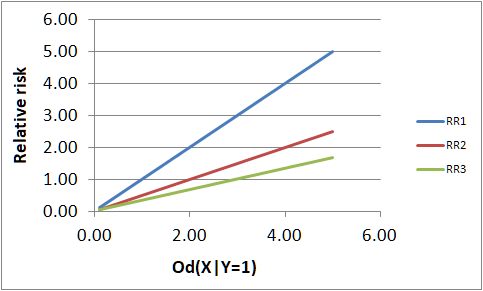The random sampling model of statistical inference is actually applicable to major areas of statistics, such as survey methodology, statistical quality control, ecological abundance studies, etc…just not to RCTs and many designed experiments. (There are types of epidemiological studies such as medical surveys that are closer to the random sampling model though.) Unfortunately the standard textbooks tend to introduce statistical inference using only the random sampling model, and never get around to explaining the random assignment model and the different interpretation that attends it. Thus it seems to me that the textbooks are carrying out a bait-and-switch. Why? Is it because most stat methods (except for randomization tests/permutation tests/exact tests) are derived from a random sampling paradigm? Is it even possible to recast all such derivations in a random assignment setting?
In actual RCTs people don’t often use randomization tests, whose interpretation fits the random assignment design of the study, but rather we use conventional frequentist methods that are derived from random sampling concepts. Edgington and Onghena (cited above) seem to suggest that we do this in order to approximate the p-value from the randomization test that we should have done but didn’t, thus the accompanying random sampling interpretation of the resulting p-value isn’t relevant. The Berger et al paper posted by @R_cubed (in his initial post on this thread) seems to be arguing along similar lines.
It seems to me that promoters of randomization/permutation/exact tests (Lehmann’s 1975 nonparametrics book might be a rare exception) are the most willing to even broach this topic. Do those who are not in the permutation test camp agree that our methods are just approximating their methods? And if so, why don’t our courses and books admit it? And if not, is it actually possible to derive all conventional frequentist methods purely from a random assignment paradigm? If yes, why aren’t approximatey half our textbooks doing that instead of random sampling? Now maybe I’m the one who is confused ![]()
